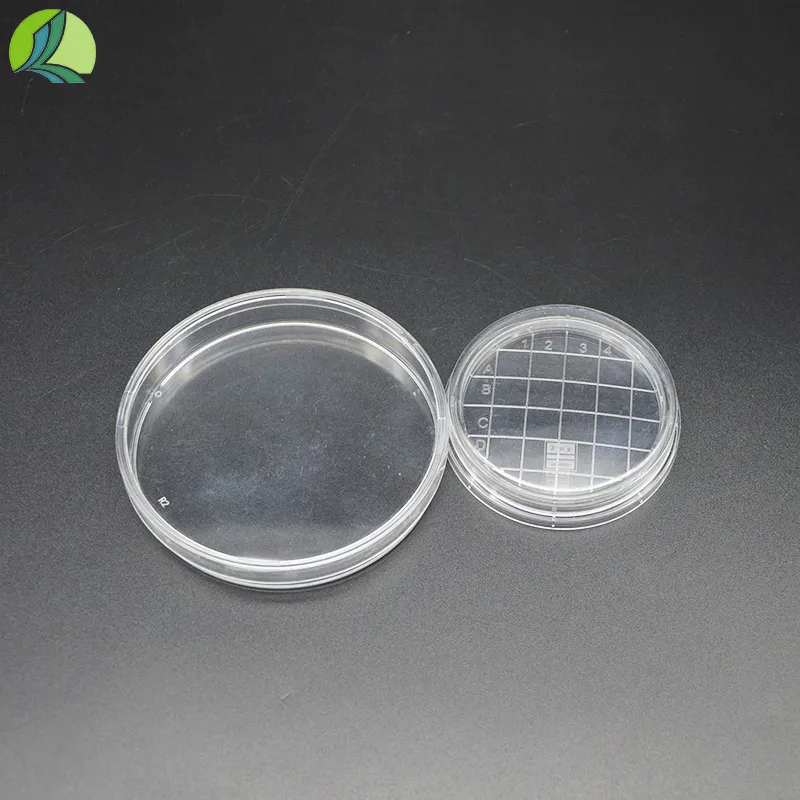petri dish laboratory apparatus uses
The Petri Dish A Crucial Tool in Laboratory Apparatus
The Petri dish, also known as a Petri plate, is an essential instrument in laboratories around the world. Commonly made from glass or clear plastic, these shallow, cylindrical dishes are typically used to culture microorganisms and cells in various biological and chemical experiments. Named after the German bacteriologist Julius Richard Petri, who invented the dish in the late 19th century, the Petri dish has become an iconic symbol of microbiology and has numerous applications across various scientific fields.
Structure and Design
A standard Petri dish consists of two parts the base and the lid. The base is flat and shallow, providing a surface for the growth of microorganisms. The lid fits snugly over the base to help prevent contamination from the environment while allowing scientists to observe the culture. Depending on the specific application, Petri dishes are available in various sizes and materials. Although glass Petri dishes can be sterilized and reused, disposable plastic dishes are more common in many laboratories due to their convenience and cost-effectiveness.
Uses in Microbiology
One of the primary functions of the Petri dish is in microbiology, where it is predominantly used for the cultivation of bacteria, fungi, and other microorganisms. Microbiologists prepare agar media in Petri dishes as a nutrient-rich environment suitable for growth. Agar, a gelatinous substance derived from seaweed, serves as a medium that provides the necessary nutrients and supports the growth of various microorganisms.
In this context, the Petri dish is crucial for several applications
1. Isolation of Bacteria Scientists can streak samples onto the surface of agar in a Petri dish to isolate pure bacterial colonies. This method, known as streak plating, allows researchers to study individual species without interference from others.
petri dish laboratory apparatus uses

2. Antibiotic Sensitivity Testing Petri dishes are employed in antibiotic susceptibility tests, such as the Kirby-Bauer method. In this technique, bacteria are spread uniformly over the agar surface, and antibiotic-impregnated disks are placed on the dish. The effectiveness of the antibiotics is then assessed based on the zones of inhibition that form around the disks.
3. Colony Counting Accurate enumeration of bacterial colonies is critical for numerous experiments. Using Petri dishes, researchers can count how many colonies grow after a certain incubation period, providing vital data for experiments relating to microbial growth, biochemistry, and genetics.
Uses in Cell Biology
Aside from microbiology, Petri dishes are also widely used in cell culture. Scientists utilize them to grow eukaryotic cells, including plant, animal, and human cells. In cell culture, the dishes are filled with a culture medium that provides growth factors, nutrients, and hormones capable of sustaining cellular life.
1. Tissue Culture Petri dishes play an integral role in tissue engineering and regenerative medicine, serving as platforms for growing tissues and studying cellular behavior.
2. Drug Testing Researchers often use Petri dishes to test the effects of compounds on specific cell lines. By adding drugs to the culture medium and observing cellular responses, scientists can gather information about drug efficacy and toxicity.
Conclusion
In summary, the Petri dish is an invaluable tool in both microbiology and cell biology, facilitating a myriad of experiments and research. Its design allows for easy observation and manipulation while ensuring sterile conditions for cultures. As science advances, the applications of the Petri dish continue to evolve, making it a cornerstone of laboratory techniques. From antibiotic testing to tissue engineering, the simple yet effective Petri dish remains a fundamental apparatus essential to our understanding of life at the microscopic level. As laboratory practices develop, innovation in Petri dish design, materials, and applications will likely lead to even broader uses in the future, making it a topic of ongoing relevance in scientific research.
-
Aesthetic Makeup Spray Bottles | Fine Mist Empty RefillableNewsAug.19,2025
-
White Plastic Veterinary Vaccine Vials | Lab Liquid BottlesNewsAug.18,2025
-
Plastic Medicine Liquid Bottle: Secure Flip Top Drug VialsNewsAug.17,2025
-
Durable 250ml Blue Plastic Vaccine Vial for Lab & Vet UseNewsAug.16,2025
-
Sterile Virus Sample Tubes: Secure & Reliable Specimen CollectionNewsAug.15,2025
-
White 250ml Plastic Vaccine Vial for Lab & Vet MedicineNewsAug.14,2025
























